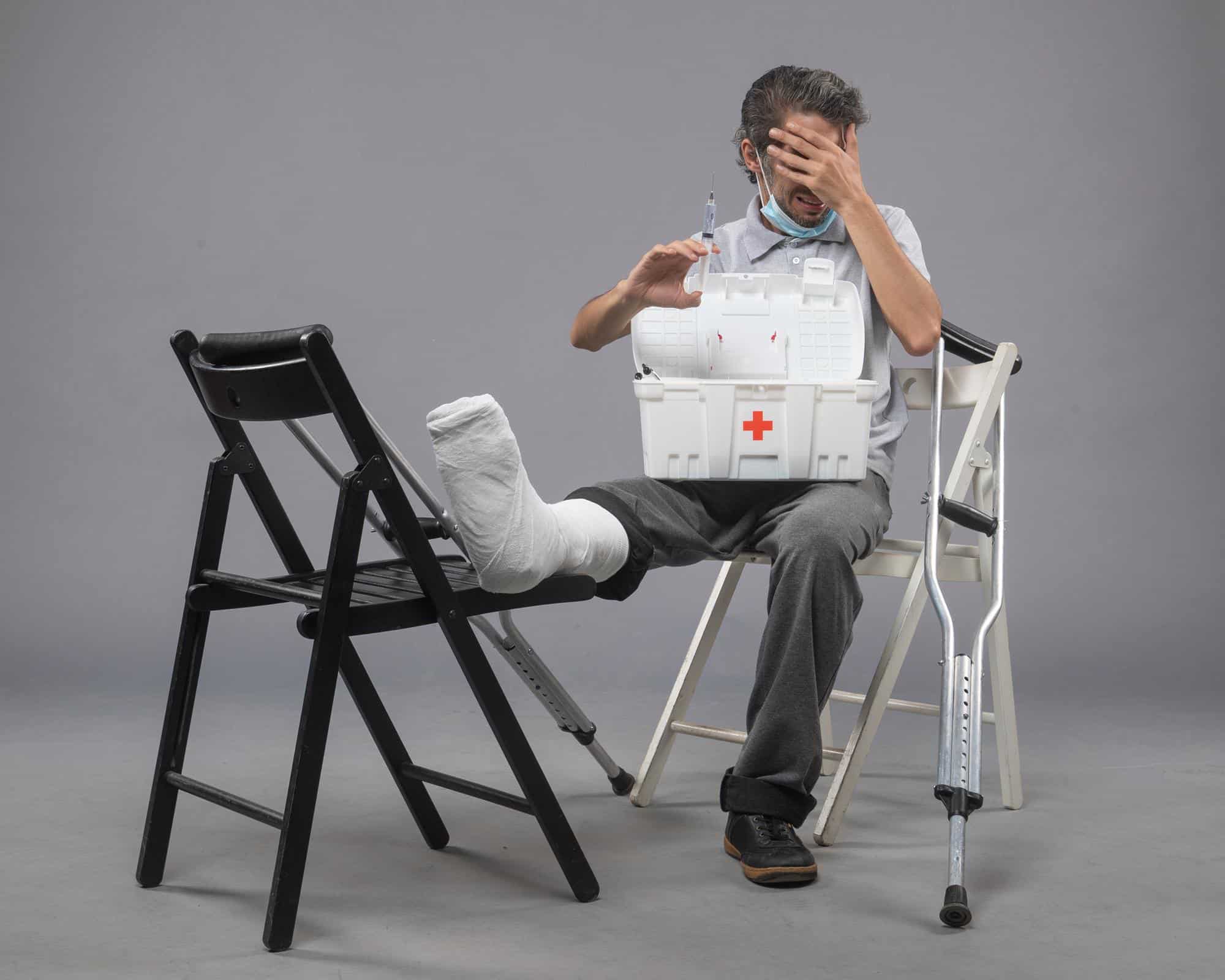
The COVID-19 pandemic forced many South Africans to adapt to a new way of working: from home. While the initial shift was largely temporary, remote work has become a more permanent fixture in many industries. This shift has significant implications for workplace health and safety and, consequently, for compensation for occupational injuries and diseases.
South African law provides specific regulations for workplace health and safety, primarily through the Occupational Health and Safety Act (OHSA) and the Mine Health and Safety Act. These laws aim to ensure safe working conditions for all employees. Crucially, the Compensation for Occupational Injuries and Diseases Act (COIDA) covers all fatal and non-fatal injuries, regardless of the industry.
What constitutes a workplace?
Under South African law, a workplace is defined as any location where a person performs work in the course of their employment. This includes homes where employees work remotely. When an employee performs tasks related to their job from home, their residence becomes a workplace for the purposes of OHSA.
Employer responsibilities
While employers must ensure a safe working environment, their responsibilities are not absolute. The OHSA requires employers to take reasonably practical steps to protect the health and safety of their employees. This includes ensuring that employees’ homes are safe for work and that employees comply with company health and safety policies.
Employers may find it helpful to conduct a “working from home survey” to assess the safety of employees’ home workspaces. Regular inspections and documentation can also be beneficial. Importantly, employers are allowed to enter employees’ homes during working hours for work-related purposes.
Employee responsibilities
Employees also have a role to play in ensuring a safe working environment. The OHSA requires employees to take reasonable care of their health and safety and to consider the safety of others. This includes following company health and safety guidelines and reporting any hazards or concerns.
Training and communication
Employers must implement appropriate training and communication programs to inform employees about identified hazards, assessed risks, and preventive measures. This includes conducting regular hazard identification and risk assessments.
Conclusion
The shift to remote work has brought new challenges and responsibilities for both employers and employees. By understanding and complying with South African health and safety laws, both parties can minimize the risk of occupational injuries and diseases.
If you have any questions or require assistance with workplace health and safety matters related to remote work, please don’t hesitate to contact us.


Recent Comments